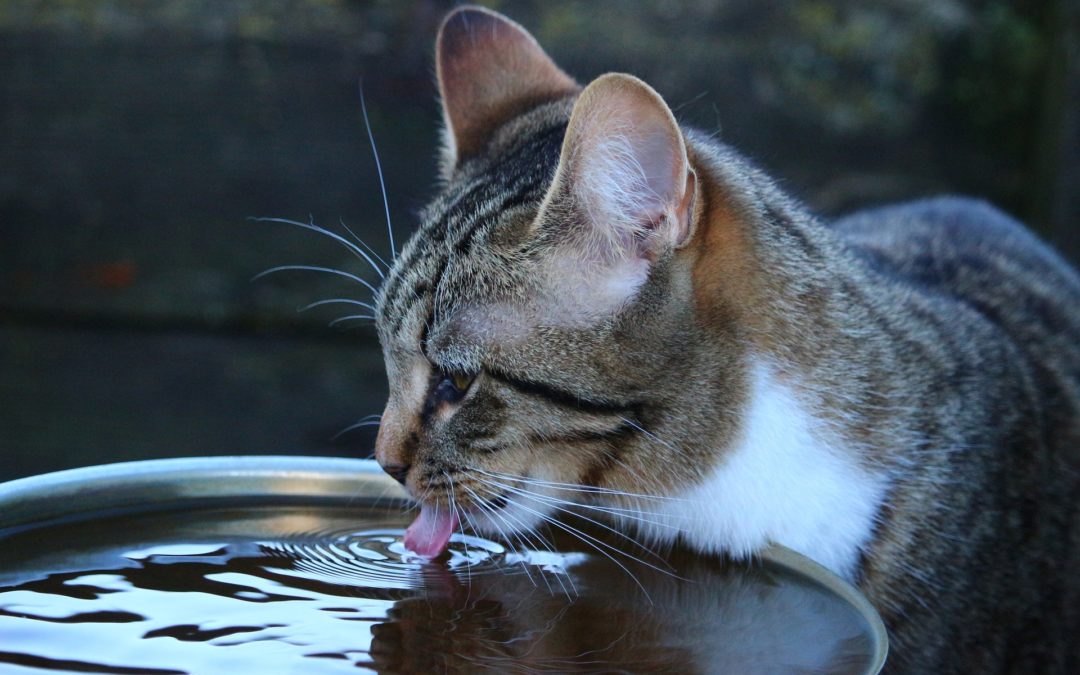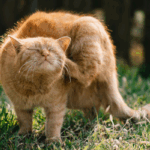If your pet is thirstier than usual it could be a sign of kidney disease. The increase in thirst may only be subtle but if you find yourself filling up the water bowl more regularly or even notice your pet drinking from the shower recess, you should arrange a check-up with us.
When it comes to the kidneys and exactly how they work things are pretty complex. Having said that, their basic role is to work out how much water should be conserved in the body. They do this using thousands of little factories called ‘nephrons’. Once damaged or destroyed, nephrons do not function properly. As a result, the body doesn’t conserve enough water so your pet will need to drink more to stay hydrated.
Toxins, drugs, diseases or even just old age can harm the nephrons. The alarming thing is, your pet may not show any signs or any changes on routine blood tests until 75% of these nephrons are damaged. Unfortunately, nephrons do not regenerate.
There are two types of kidney disease (also known as renal disease) that can affect your pet. The chronic form of kidney disease is often referred to as ‘the silent killer’ as it can sneak up on your pet and signs may be hard to notice. In other cases, kidney disease can come on quickly (classified as acute kidney disease) and might occur following the kidneys being exposed to a toxin or a certain drug for example. Other than increased thirst, signs of kidney disease might include:
- increased urination
- weight loss
- vomiting
- lethargy
- dehydration
- mouth ulcers
There are other diseases that will present with similar signs to kidney disease (such as diabetes) so if there are ever any changes in your pet’s daily habits we need to investigate further. Measuring your pet’s water intake over 24-hours and bringing us a morning urine sample are two things you can do at home to get the investigation process started. A blood test, urine test and a measure of your pet’s blood pressure may then be necessary.
The good news is that there is a new blood test available that can help detect kidney disease earlier than ever before. The result of this blood test is always interpreted with the results of a urine test, routine kidney blood tests and a blood pressure check to help stage the disease and decide what treatment if any is necessary. If we detect that your pet’s kidneys are not working properly, the earlier we initiate treatment the better. Treatment may include diet modification and even medication that can help reduce protein loss through the kidneys. This can all help slow the progression of this insidious disease.
It’s best to arrange an appointment with us as soon as possible if you notice any changes in your pet’s thirst, urination or any other daily habits. Subtle changes can be an indication of an underlying disease and early intervention is going to help your pet live a happier and healthier life.






